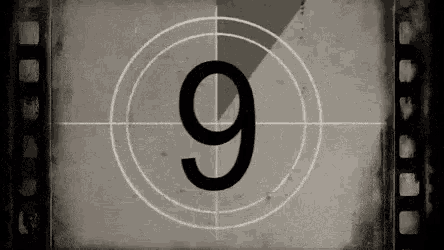By Steve Evans
It’s a Wonderful Life remains the greatest of Christmas
films. If this seems like a predictable choice, that’s only because it’s the
correct choice, though not for the reasons most people might consider.
I don't accept the widely-held criticism of this 1946 Frank
Capra film as sentimental, feel-good “Capra-corn,” as his films were so often
dismissed. Sure, there’s a (relatively) happy ending. George Bailey learns what
life would have been like if he had never been born. He finds salvation in the
form of a kindly angel and neighbors who come forward to pay it back. George
reunites with his children and his impossibly patient wife, the luminous Donna
Reed.
Cue: church bells and Auld Lang Syne.
Most viewers remember and cherish this happy, populist
ending, and with good reason: it follows a long middle act of crushed dreams,
financial ruination and attempted suicide. It’s a Wonderful Life is a dark
film, as bleak as any noir, redeemed only by the artificiality of that famous
ending. I admire Capra for clinging to such a kindly philosophy, but I respect
the film for putting George Bailey into a crucible of life lessons from which
there are no easy answers – even if Capra provides one, anyway, at the
conclusion. That ending is essential. Whether we believe it is another matter.
More on that in a moment.
It’s a Wonderful Life is a great film and a classic
Christmas movie because of the little grace notes we can discover if we read
between the lines.
Bailey is a man whose dreams are systematically shut down
through his own efforts to do the right thing as evolving circumstances demand.
There is no chance for college, world travel, a brilliant career in
architecture. There is only the little world of Bedford Falls. Even if George
decides that his small town is good enough, that can scarcely reconcile a life
of struggle against big business, as exemplified by the bitter and utterly vile
Mr. Potter, who goes unpunished.
I believe George and Mr. Potter are two sides of the same
coin. Potter represents what George might have become had his better nature not
prevailed. Potter’s scheming ways provide the catalyst that enables George to
emerge as a decent man concerned for his community, even at the expense of his
own life’s dreams. A hero needs a worthy villain. That’s part of the basic
equilibrium of the universe. George might have even defeated Potter (although
we would have had no movie) if absentminded Uncle Billy had not been such a
schmuck.
 Like George himself, It’s a Wonderful Life encourages us to
embrace our better nature, to place the needs of the many before the needs of
the few, or the one. This was the essence of Capra’s politics. To convey this
message to a nation returning from the horrors of World War II forced the
director to craft a Machiavellian screenplay that would compel his characters
to move in the precise directions he wanted them to take. This story is coiled
as tightly as a steel spring. A whiff of inevitability, of fate, hangs over
It’s a Wonderful Life. The omniscient narrator, God Himself, tells us as much
near the beginning of the picture.
Like George himself, It’s a Wonderful Life encourages us to
embrace our better nature, to place the needs of the many before the needs of
the few, or the one. This was the essence of Capra’s politics. To convey this
message to a nation returning from the horrors of World War II forced the
director to craft a Machiavellian screenplay that would compel his characters
to move in the precise directions he wanted them to take. This story is coiled
as tightly as a steel spring. A whiff of inevitability, of fate, hangs over
It’s a Wonderful Life. The omniscient narrator, God Himself, tells us as much
near the beginning of the picture.
Capra crafted a message movie for the ages, so carefully
constructed that the mechanism reveals itself only after many viewings. It is
this:
Like the observation of Christmas itself, the climax of his
movie is not at all about life as it is, but the way many people desperately want
it to be. Without that sweet, romanticized ending, It’s a Wonderful Life would
be unbearable -- though it would more closely approximate the truth. So, can we
believe it?
In the end, if we choose to accept Capra's message, we do so
purely on the basis of faith. If that's not in the spirit of Christmas, then no
other film ever could be.
Cinema Uprising copyright © 2013 by Steve Evans. All rights reserved.
Cinema Uprising copyright © 2013 by Steve Evans. All rights reserved.














